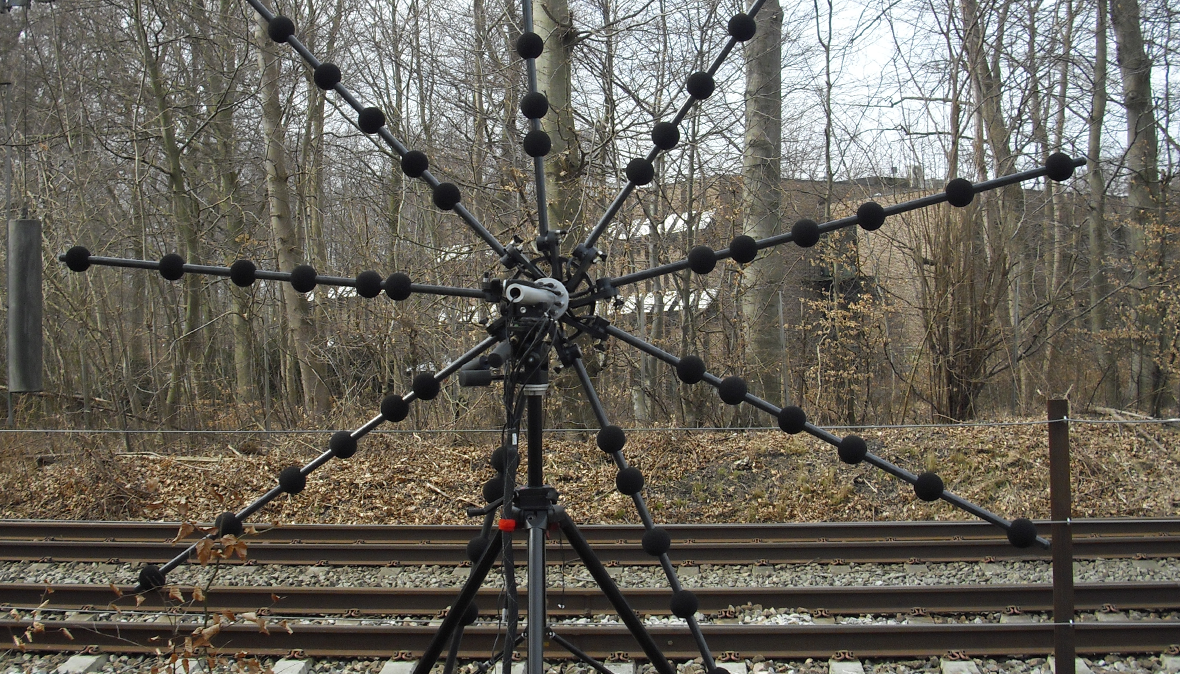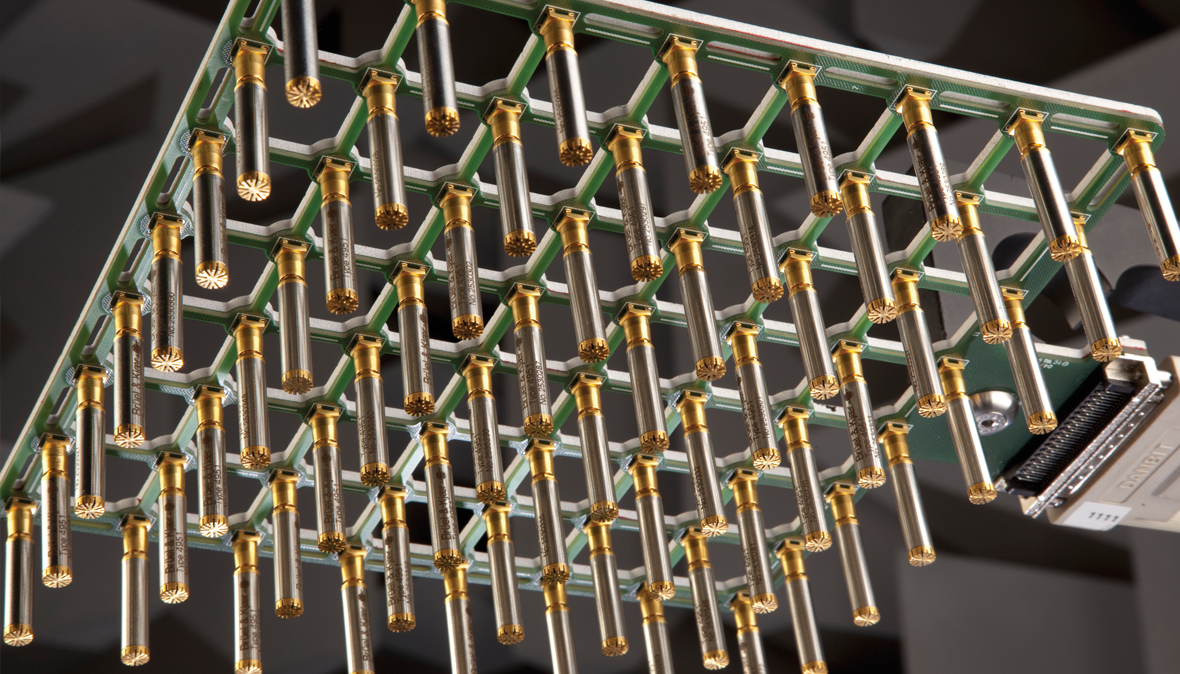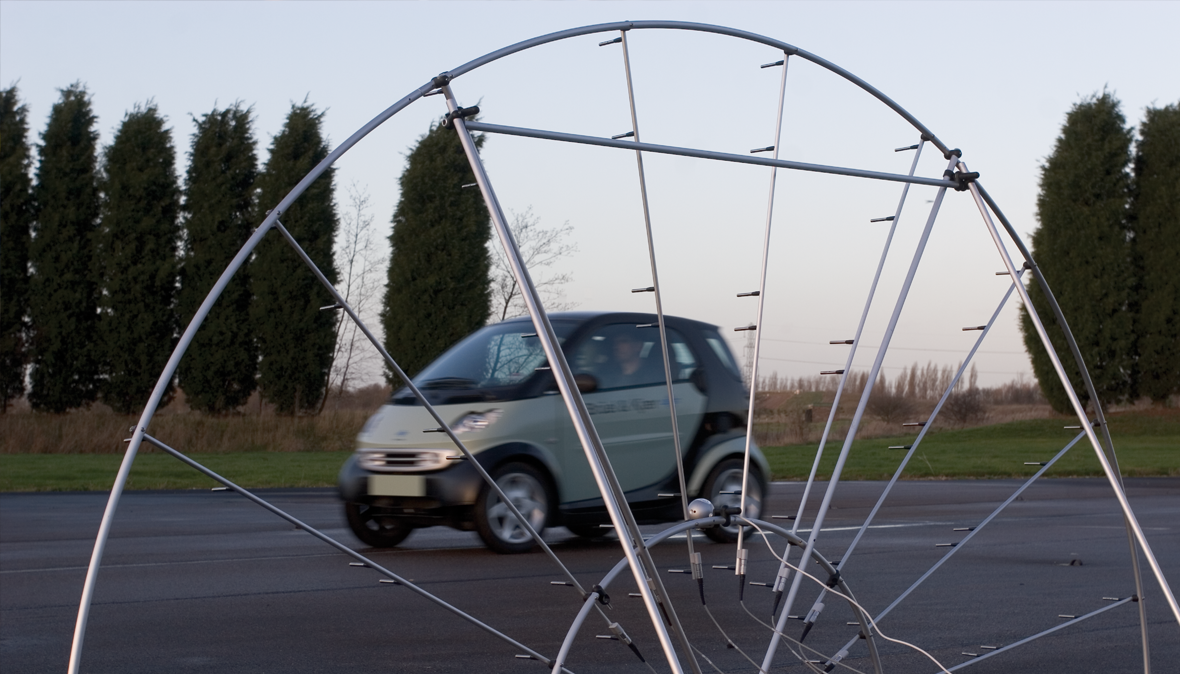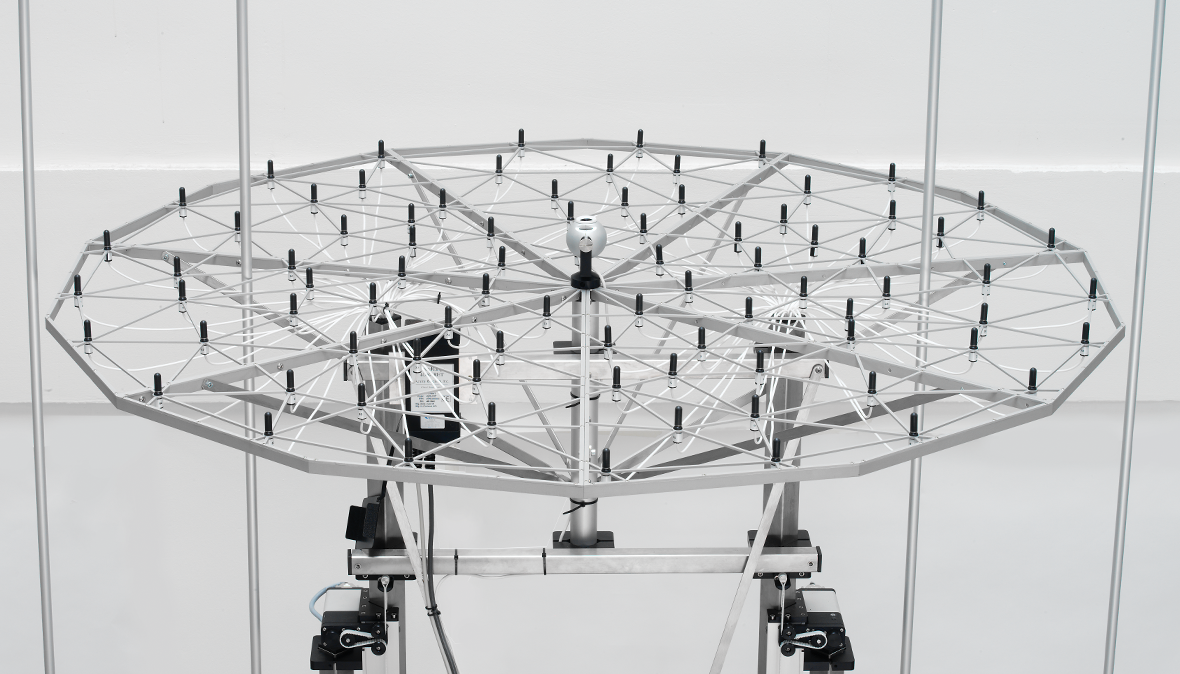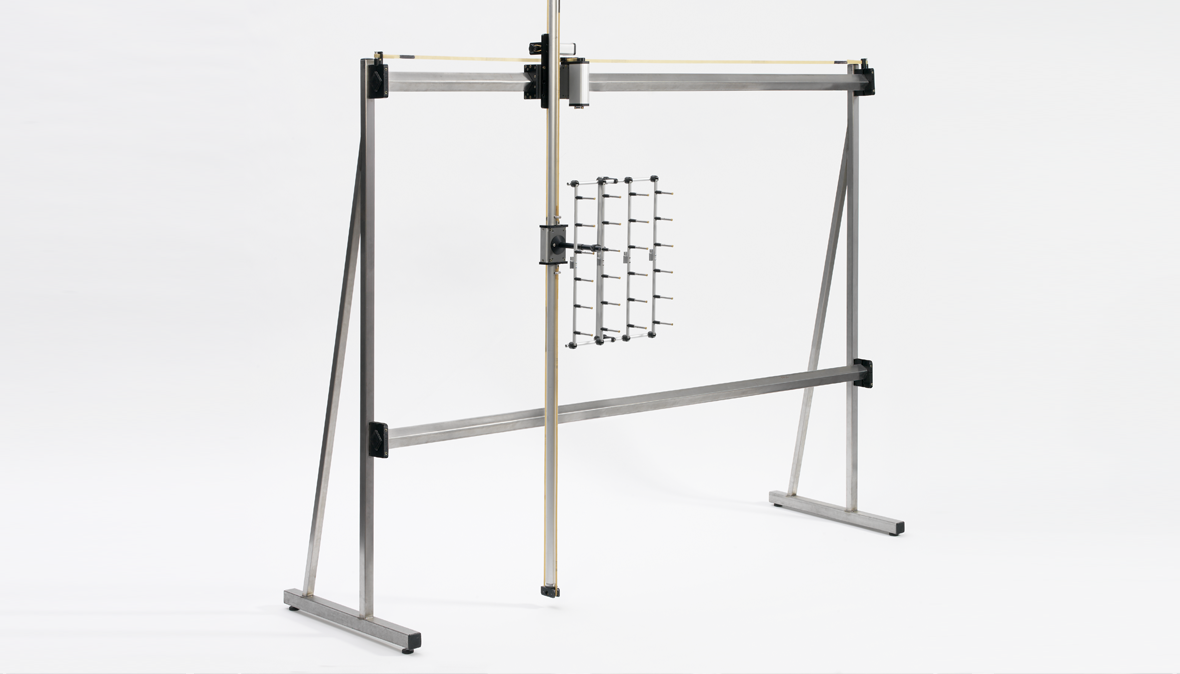ACOUSTICAL Array
Microphone Array Systems
Microphone array (or acoustical array) systems enable fast noise mapping. From small, two microphone arrays, to large-scale array systems with positioning system, and hundreds of microphones.
For specific applications, our Customised Projects Department helps you configure a complete system to your requirements, including the microphone array, analysis software, positioning systems and robots.
ARRAY SYSTEM APPLICATIONS
- Frequency range of interest
- Resolution required in the noise map
- Distance to source (near-field or far-field)
- Type of sound source (stationary or moving)
SPHERICAL MICROPHONE ARRAY
Usage: In-cabin, indoor
Spherical beamforming provides a complete omnidirectional noise map in any acoustic environment, based on one simple measurement. It uses a spherical harmonics-based algorithm called SHARP (patent pending).
Unlike other methods that only map part of the surroundings, spherical beamforming uses a spherical array to map noise in all directions while 12 cameras mounted in the sphere simultaneously take photographs in all directions.
These images are used as background for the resultant acoustic map. Spherical beamforming can be used in both free-field and reverberant surroundings as it does not make any assumptions about the nature of the acoustic environment.
Producing overview sound maps in confined and semi-damped spaces like vehicle and aircraft cabins is a common use for spherical beamforming.
PLANAR MICROPHONE WHEEL ARRAY
Usage: Indoor, outdoor
Our innovative wheel arrays come in many diameters and microphone configurations, depending on the application. They are used with PULSE beamforming software, and are designed to produce produce optimal results while maintaining maximum ease of use and handling.
Mainly used for beamforming measurements, the same arrays can also be used for acoustical holography measurements, provided that the array can be moved close enough to the source.
FOLDABLE MICROPHONE ARRAY
Usage: Outdoor
For large outdoor sources, foldable arrays allow a large measurement area that is easy to transport. Used either completely flat or with the arms set at an angle to produce a funnel-shaped array - which enables extraneous noise from the rear of the array to be suppressed by up to 10dB, depending on the frequency.
Foldable half-wheel arrays are used where reflections from the ground are important, such as measurements alongside a vehicle during a pass-by, or a model high speed train in a wind tunnel.
HAND-HELD MICROPHONE ARRAY
Usage: In-cabin, indoor
Hand-held arrays measure sound-fields close to the source, and where space is limited - such as for leak detection and conformal mapping inside vehicles or close to complicated machines.
Various spacings are available (25mm to 40mm) to suit the frequency range of interest, and double-sided arrays facilitate measurements in reverberant environments.
GRID MICROPHONE ARRAY
Usage: Indoor
A regular lattice of acoustical transducers (microphones or hydrophones) are most often used for measurements on stationary sound fields near to the test object.
Used in conjunction with a robot, extremely accurate intermeshing of measurement points is possible. This enables our near-field holography software to produce a very fine spatial resolution in the resultant sound maps.

